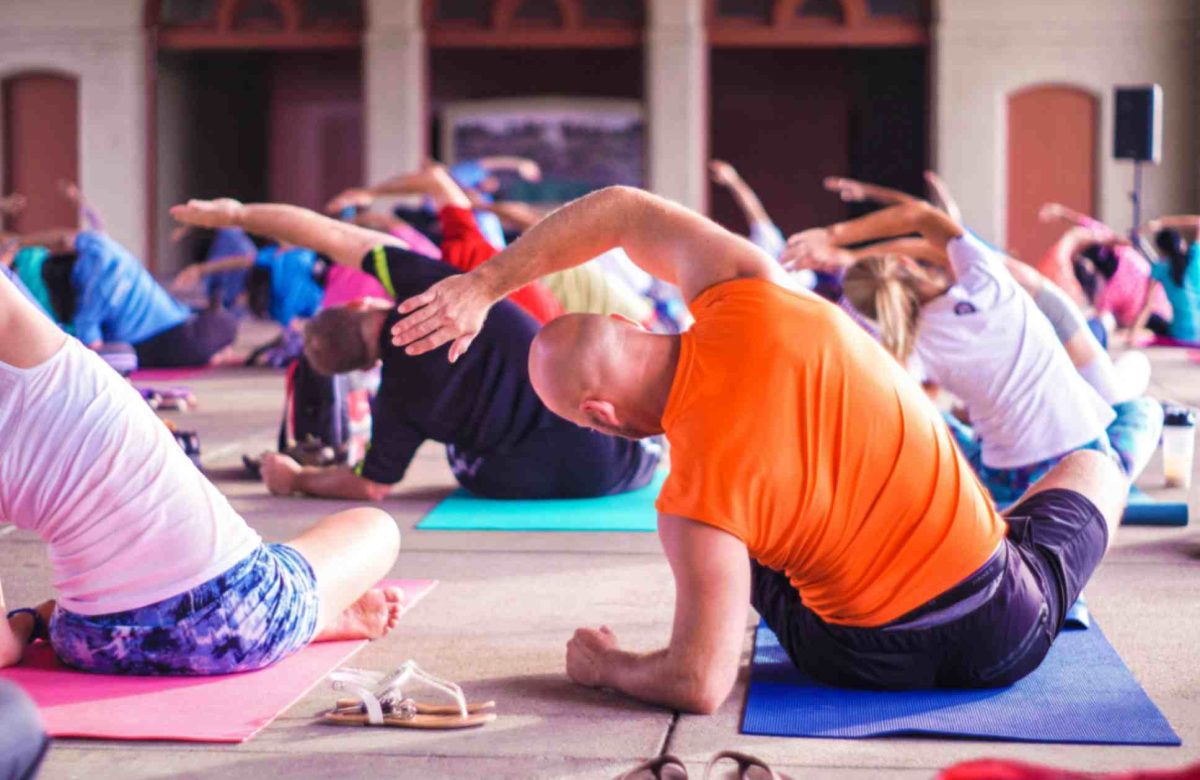How to Manage Technology Use for Better Sleep Hygiene

In today’s digital age, technology has become an integral part of our daily lives. While it offers numerous benefits, excessive use of technology, particularly before bedtime, can disrupt our sleep patterns and negatively impact our overall well-being. To achieve restorative sleep and maintain optimal health, it’s crucial to manage technology use and prioritize healthy sleep hygiene practices. In this blog post, we will delve into the relationship between technology and sleep, and provide practical tips to help you establish a balanced relationship with your devices for better sleep. Improve Your Sleep Schedule with a Nighttime Routine.
The Impact of Technology on Sleep
The blue light emitted by screens—such as those on phones, tablets, computers, and TVs—can interfere with the production of melatonin, a hormone that regulates sleep-wake cycles. Exposure to this artificial light in the evening can suppress melatonin production, making it harder to fall asleep and reducing the overall quality of sleep. Additionally, engaging in stimulating activities like checking emails, playing video games, or scrolling through social media can increase alertness and make it difficult for your mind to wind down before bedtime.
10 Practical Tips for Managing Technology for Better Sleep Hygiene
- Set a Digital Curfew: Establish a specific time each evening when you start disconnecting from screens. Aim to create a buffer of at least an hour before bedtime to allow your mind to unwind.
- Dim the Lights: As evening approaches, decrease the brightness of your screens. Many devices have a “night mode” feature that reduces blue light emissions, making it easier on your eyes and sleep cycle.
- Create a Technology-Free Zone: Designate your bedroom as a technology-free zone. Reserve this space solely for sleep and relaxation to help train your brain that it’s a place for rest.
- Wind Down Rituals: Replace screen time with calming pre-sleep rituals, such as reading a physical book, practicing gentle stretches, or engaging in deep breathing exercises.
- Limit Screen Time: Be mindful of the total time you spend on screens throughout the day. Set daily limits for recreational screen time and allocate more time for activities that promote well-being.
- Establish a Bedtime Routine: Create a consistent bedtime routine that signals to your body that it’s time to sleep. This routine can include activities like dimming the lights, journaling, or sipping herbal tea.
- Use an Alarm Clock: Instead of using your phone as an alarm, opt for a traditional alarm clock. This reduces the temptation to check your phone before sleeping or immediately upon waking up.
- No Phones by the Bed: Charge your phone or other devices outside of your bedroom. Having them nearby can lead to late-night scrolling, disrupting your sleep.
- Limit Social Media Engagement: Engaging with social media before bed can evoke emotional responses and stimulate your mind. Avoid browsing social media in the hour leading up to sleep.
- Mindful Content Consumption: If you’re watching TV or a movie in the evening, opt for relaxing or uplifting content rather than stimulating or intense shows.
Few More Practical Tips for Managing Technology for Better Sleep Hygiene
- Explore Night Modes: Many devices offer a “do not disturb” mode that limits notifications during specific hours. Use this feature to minimize disturbances during sleep hours.
- Digital Detox Days: Consider designating certain days of the week as “technology-free” days to fully disconnect and reconnect with offline activities.
- Replace Screens with Sleep Aids: If you find it challenging to fall asleep without technology, consider using alternatives like a white noise machine, soothing music, or a guided meditation app.
- Monitor Sleep Patterns: Use sleep-tracking apps or devices to monitor your sleep patterns. This can help you identify areas for improvement and track the effects of your technology management efforts.
- Be Patient: Changing habits takes time. Don’t be discouraged if you don’t see immediate results. Consistency is key to reaping the benefits of improved sleep hygiene.
Also Read : How to Create a Calming Environment for Better Sleep
Conclusion
Prioritizing healthy sleep hygiene in the digital age requires conscious effort and awareness of the impact of technology on your sleep. By implementing these practical tips and adopting a mindful approach to technology use, you can create a more conducive environment for restorative sleep. With a balanced approach that doesn’t seek to eliminate technology entirely, you can enjoy its benefits while preserving the sanctity of your sleep. As you gradually integrate these practices into your daily routine, you’ll find yourself enjoying better sleep, enhanced well-being, and increased overall vitality.




